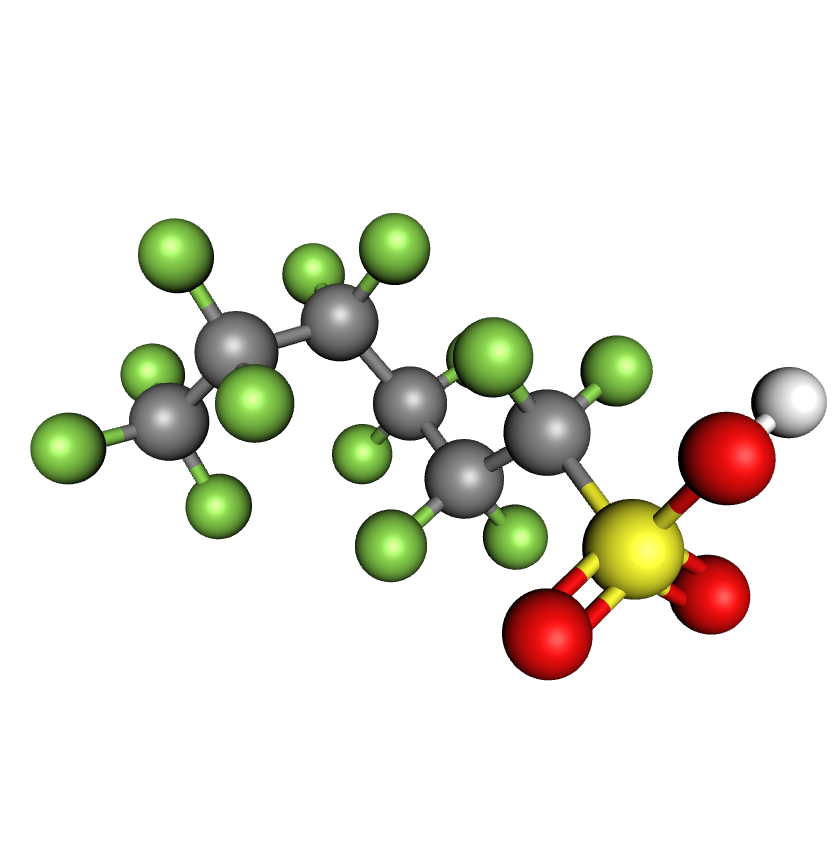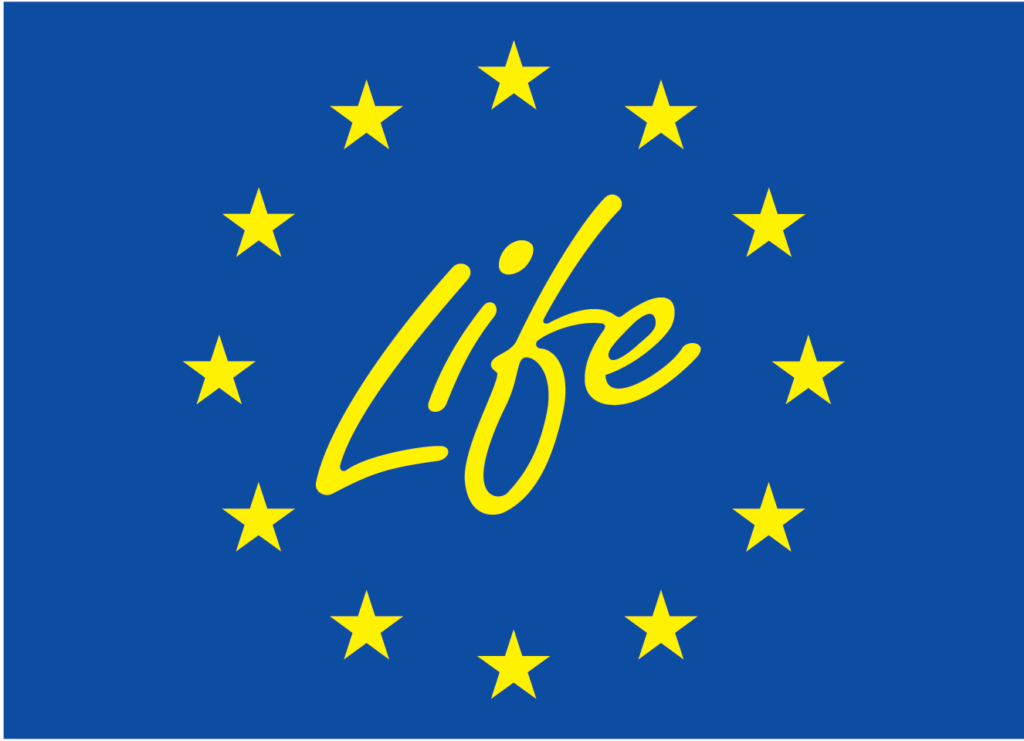What is LIFE SOuRCE?
LIFE SOuRCE is an European project funded by the LIFE Programme of the European Union that aims to demonstrate and optimize remediation solutions for PFAS contaminated groundwater.
Project title
Demonstration and evaluation of Sustainable On-site Remediation technologies for PFAS-ContaminatEd groundwater.
Acronym:
LIFE SOuRCE
Duration:
Start date: 1 September 2021
End date: 31 August 2025
Coordinator:
The LIFE SOuRCE project is coordinated by Eurecat.
Per- and polyfluoroalkyl substances (PFAS) are a group of > 5,000 anthropogenic chemicals that pose known risks to human health and the environment, being categorized as chemicals of emerging concern (CEC).
There is toxicological evidence that PFAS have adverse reproductive, developmental, and immunological effects in animals and humans. The main exposure pathway by humans is the intake of food and drinking water. PFAS can be released to environment during their use and at the end of their life.
Areas around industrial production, manufacturing, application sites (e.g., sites where fluorinated fire-fighting foams have been used) or landfills have been found to be particularly contaminated with PFAS resulting in the contamination of drinking water supplies, both surface waters and groundwater.
The number of sites potentially emitting PFAS has been estimated to be approximately 100,000 in Europe. Recently, PFAS have been considered in the proposal of the new EU Drinking Water Directive with a limit value 0.1 μg/L for the sum of 20 individual PFAS and 0.5 μg/L for PFAS in total. Several sites with PFAS contaminated groundwater exceeding the aforementioned values can be referred in Europe.

LIFE SOuRCE aims to demonstrate an innovative cost-efficient and versatile remediation solution for PFAS contaminated groundwater, able to remove long-chain PFAS (> 99 %) and short-chain PFAS (> 95 %), meeting the new EU Drinking Water Directive targets (0.1 μg/L for sum 20 PFAS and 0.5 μg/L for PFAS in total) within affordable costs (up to 0.1 €/m³ groundwater treated) and covering the broadest range of contaminated site characteristics.
This will be achieved through the combination of a set of innovative on-site technologies; surface active foam fractionation (SAFF), anion exchange filters (AEX), electrochemical oxidation (EO) and phytoremediation (PHYTO) which will be demonstrated at two demo sites: a landfill in Sweden and an industrial site in Spain.
The specific objectives of the project are to:
The objectives of LIFE SOuRCE are in line with the following environmental policies:
The project partners are:
The main actions of the project are:
Preparatory actions
To allow the proper project implementation, information on e.g. stakeholder needs and regulations will be collected from stakeholders. This information will give a final overview of the remediation solution to be demonstrated in the project.
Two demo-sites will be characterized in terms of hydrogeology and levels of PFAS in soil and groundwater. This will be followed by a preparation phase where facilities needed for the different remediation technologies will be investigated.
Development, operation and validation of prototypes
Bench scale and/or pilot-scale tests will be performed in order to optimize the configuration and operation of the remediation process. Prototypes of remediation units will be developed.
The prototypes will be operated in real life conditions in order to optimize the prototypes under different operating conditions and configurations. The results will be evaluated in detail in terms of PFAS concentration after remediation, costs and technique used.
Development of guidelines, business, exploitation and replication plans
One of the objectives in this action is to establish and develop guidelines for treating PFAS contaminated groundwater, with a specific focus on the treatment methods developed in the project. This is based on the outcome of the development, operation and validation of the prototypes in previous actions.
A strategy to put the remediation scheme developed into market will also be defined in a business plan.
Monitoring the impact of the project actions
Environmental impact of the treatment technologies is evaluated using life cycle assessment (LCA) and life cycle costing (LCC) analysis. Socio-economic impacts are studied. Specifically, benefits on the health of local communities and local ecosystems are addressed. In addition, a human health risk assessment (HHRA) and an environmental risk analysis (ERA) will be performed.
Public awareness and dissemination
The results obtained within the project will be disseminated at local, national, and EU level. Dissemination materials will be targeted to different target groups such as public bodies, owners of contaminated sites, engineering companies and suppliers, and the scientific community.
The remediation methods will be tested and demonstrated at two demo sites. One is a site in Spain where AFFF products have been used. The other site is a landfill site (Hovgården) operated by Uppsala Vatten och Avfall in Uppsala, Sweden. In Uppsala surface active foam fractionation (SAFF) will be combined with electrochemical oxidation (EO) and phytoremediation (PHYTO) while a combination of SAFF, EO and anion exchange filters (AEX) will be used at the Spanish site.
The LIFE SOuRCE project has received funding from the LIFE Programme of the European Union.

| Cookie | Duration | Description |
|---|---|---|
| cookielawinfo-checkbox-analytics | 11 months | This cookie is set by GDPR Cookie Consent plugin. The cookie is used to store the user consent for the cookies in the category "Analytics". |
| cookielawinfo-checkbox-functional | 11 months | The cookie is set by GDPR cookie consent to record the user consent for the cookies in the category "Functional". |
| cookielawinfo-checkbox-necessary | 11 months | This cookie is set by GDPR Cookie Consent plugin. The cookies is used to store the user consent for the cookies in the category "Necessary". |
| cookielawinfo-checkbox-others | 11 months | This cookie is set by GDPR Cookie Consent plugin. The cookie is used to store the user consent for the cookies in the category "Other. |
| cookielawinfo-checkbox-performance | 11 months | This cookie is set by GDPR Cookie Consent plugin. The cookie is used to store the user consent for the cookies in the category "Performance". |
| viewed_cookie_policy | 11 months | The cookie is set by the GDPR Cookie Consent plugin and is used to store whether or not user has consented to the use of cookies. It does not store any personal data. |